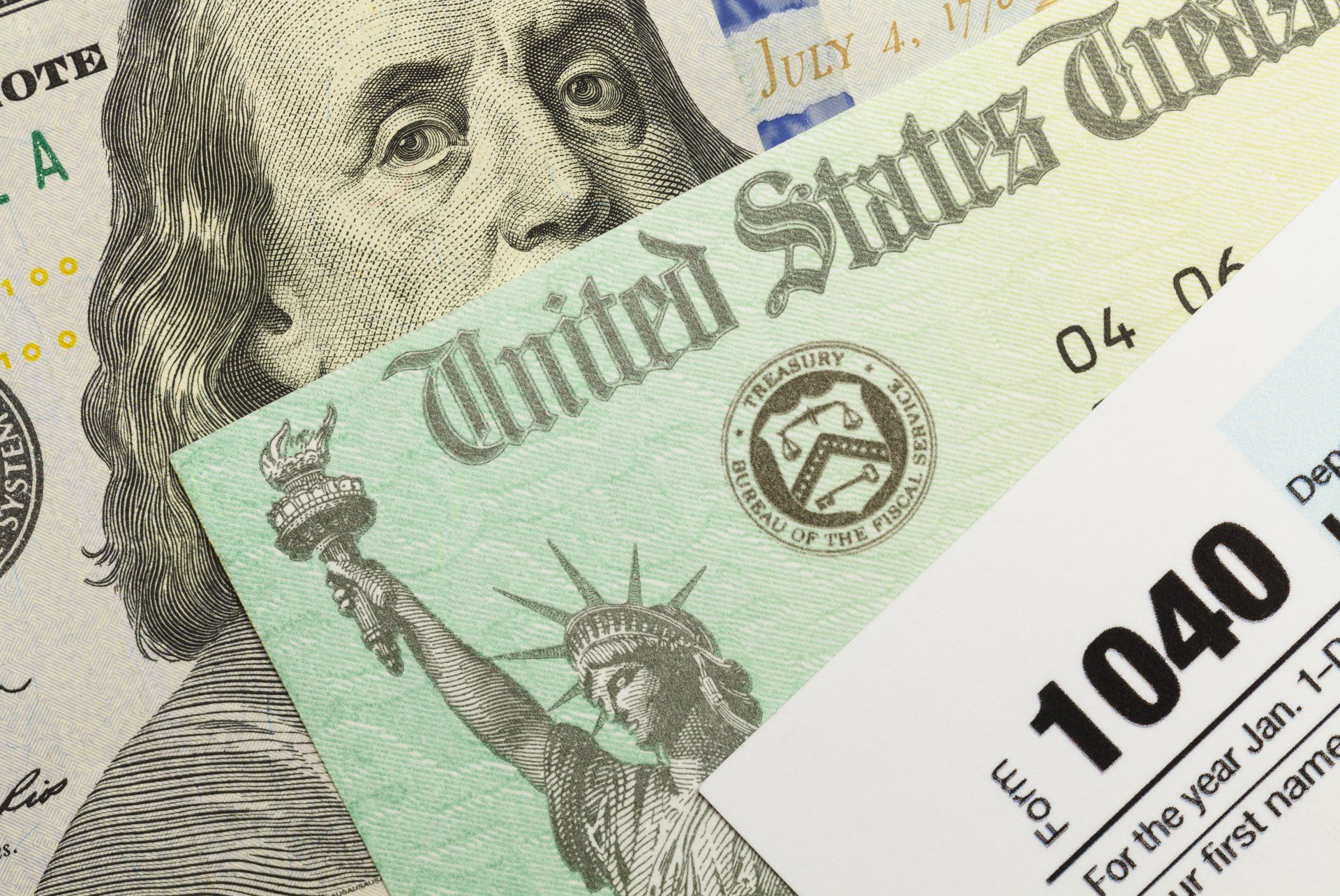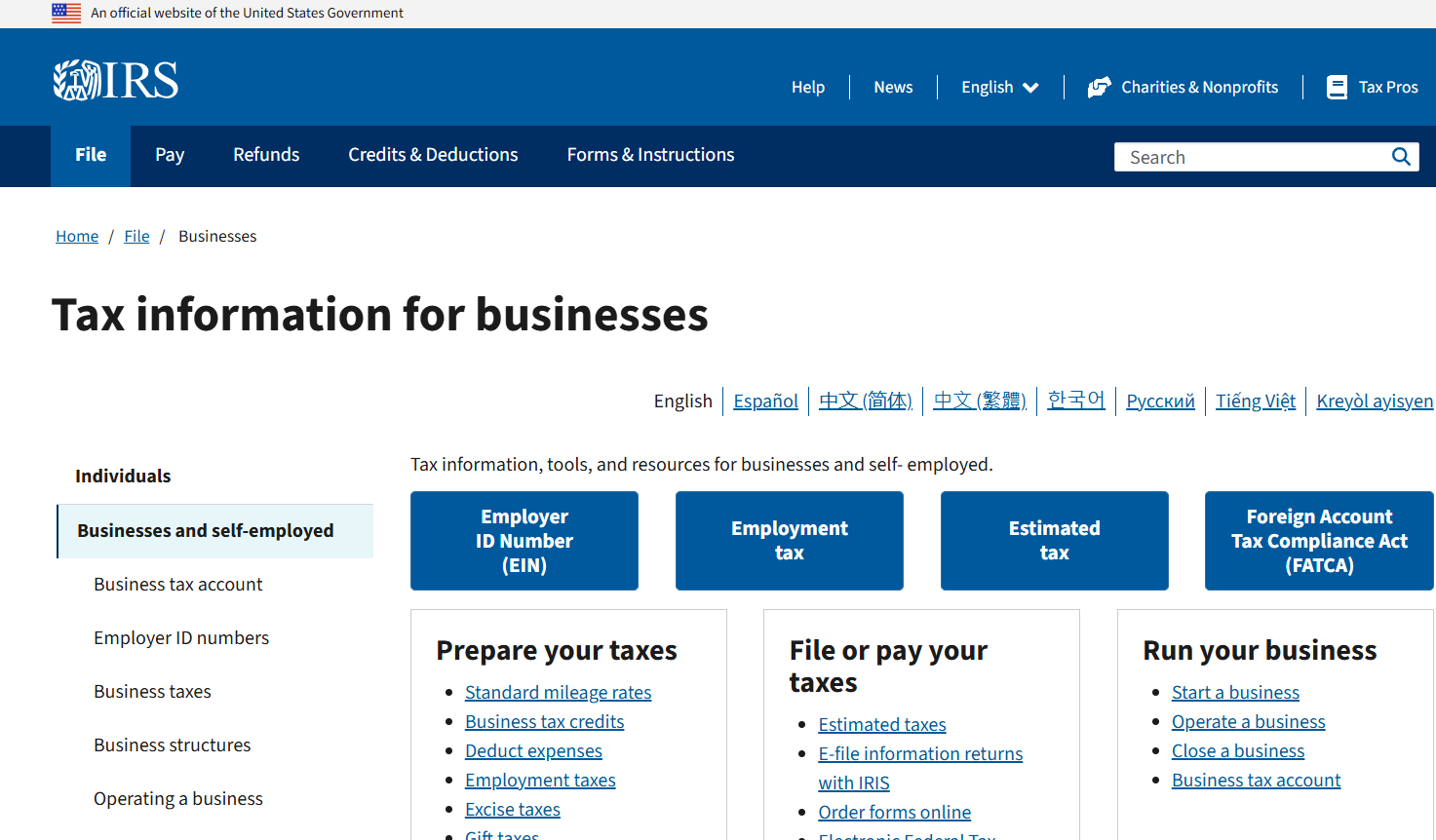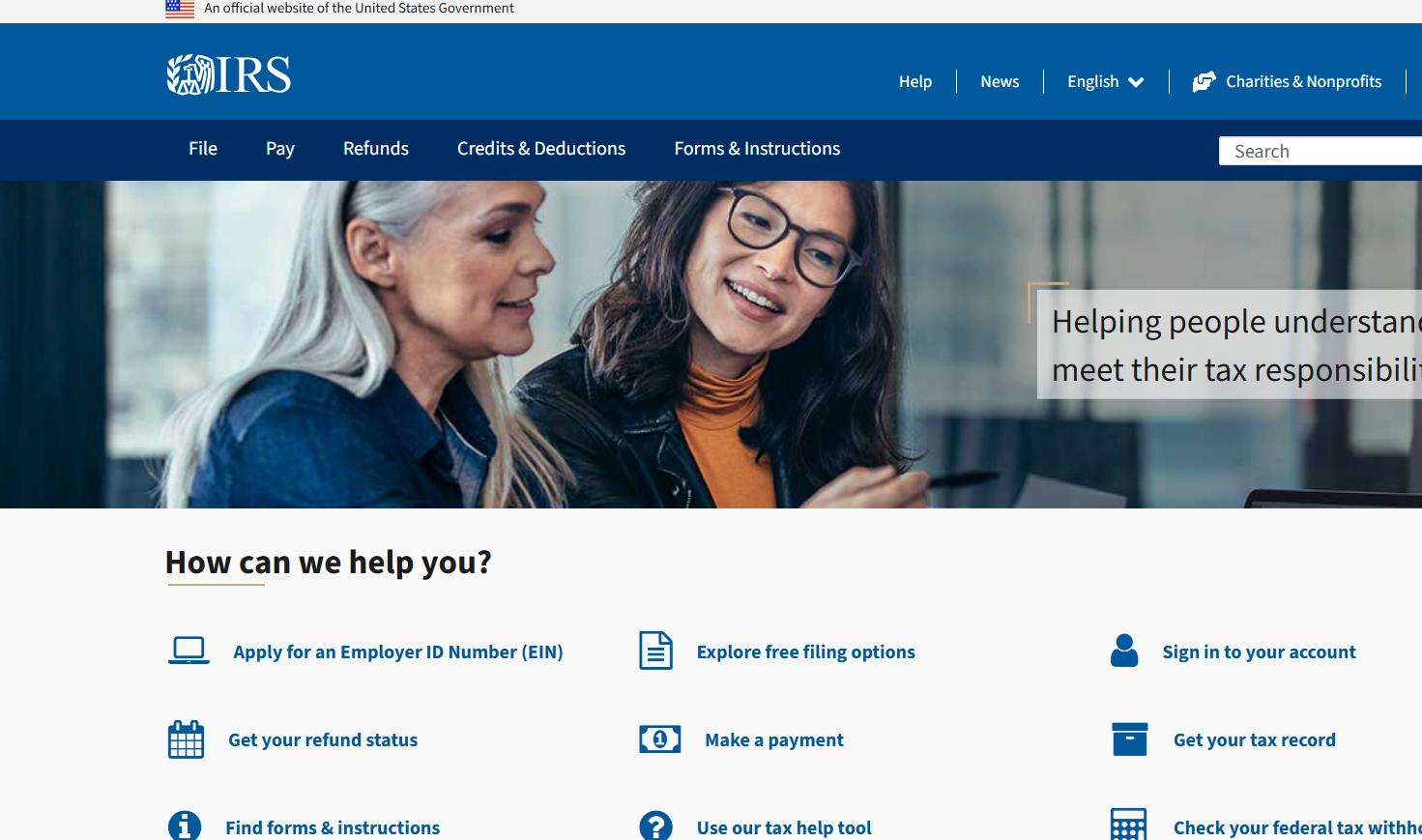Illinois Tax Amnesty Program

by Gregory S. Dowell
August 28, 2019
The Illinois Tax Delinquency Amnesty Act, which was signed into law in June of 2019, allows taxpayers to pay outstanding eligible tax liabilities in full during the period from October 1, 2019 to November 15, 2019 and to have eligible penalties and interest forgiven. This Act broadly covers all taxes due from periods ending after June 30, 2011 and prior to July 1, 2018. if a taxpayer filed an incorrect return for a tax assessed during this period, an amended return will need to be filed. If the taxpayer has nonfiled returns for taxes in this period, the returns must be filed. Interestingly, if only penalties and interest are owed at this time, the taxpayer will not qualify for the amnesty program under the Act.
Taxes covered by this Act are taxes that are collected by the Illinois Department of Revenue (IDOR) for balances due on returns for the period June 30, 2011 through June 30,, 2018. Property, estate, franchise, insurance, and local taxes are not collected by IDOR and are thus not subject to the Act. Other expenses that do not qualify are the International Fuel Tax Agreement liabilities, Motor Fuel Use Tax, as well as any expense that is not a tax (licensing fees, tire user fees, motor fuel violations, permits, etc.).
A few interesting bullet points from the Act:
- Can I use an income tax credit or an increase in net operating loss deduction as a payment toward an amnesty liability? Income tax credits and net operating losses (including federal capital losses) may be used to reduce tax liabilities. However, the credit or loss may not reduce the tax liability to zero. To qualify for amnesty, some tax must be owed and payments must be made by cash, check, guaranteed remittance, credit card, or ACH debit.
- Can I use a credit that results from the use of the Manufacturer’s Purchase Credit (MPC) as a payment toward amnesty?MPC may be used to reduce tax liabilities. However, the credit may not reduce the tax liability to zero.To qualify for amnesty, payments must be made by cash, check, guaranteed remittance, credit card, or ACH debit. The application of a credit is not a payment that qualifies under amnesty.
- What if I estimate my tax liability for an amnesty period and determine later that I paid more than I owe?If you overpaid your amnesty liability, you can receive a refund of the overpayment, or in some cases a credit, but we will not pay interest on any overpayment.
- What if an eligible period was recently audited or is currently under audit?
- If an audit was recently completed, or will be completed prior to the close of the amnesty program on November 15, 2019, you must pay the full amount of audit tax liability.
- If an audit is currently in process and cannot be completed prior to the close of the amnesty program on November 15, 2019, estimate the tax liability due, file the appropriate return, and pay the tax balance in full. Contact your IDOR auditor for additional information. Please note, if the final audit tax liability exceeds the paid estimate, penalties and interest may apply.
- Can I use a pending refund to pay an amnesty liability?No. To receive the benefits of the tax amnesty program you must make a payment, even if you have a pending refund.
Illinois provides the following information on how and where to make payments under the Act:
How do I make my payment for debt that has already been reported or assessed?
Mail:
Send your payment to us at the address below. Do not mail cash.
Illinois Department of Revenue PO Box 19011 Springfield IL 62794-9011
Make your payment payable to “Illinois Department of Revenue.” To qualify for the 2019 Illinois Tax Amnesty Program, mail must be postmarked with a date between October 1, 2019, and November 15, 2019.
In person:
Checks or guaranteed remittances are accepted at any Illinois Department of Revenue office location.
District offices: For a list of locations visit our website at tax.illinois.gov or call us at 1 800 732-8866.
JRTC Building: 7th Floor, 100 West Randolph Street, Chicago, IL 60601.
Willard Ice Building: Lobby, 101 West Jefferson Street, Springfield, IL 62702. NOTE: Cash is accepted only at IDOR’s Springfield and Chicago offices.
MyTax Illinois:
Pay with a bank account debit online at mytax.illinois.gov. You may schedule this payment now to be debited during the amnesty period — October 1, 2019, through November 15, 2019.
If you have a MyTax account, log in and direct your payment to the eligible liability.
If you are not registered, click the “sign up now” button and follow the instructions.
Note for individuals paying an IndividualIncome Tax liability: If you are not registered, you mayneed to request a letter of registration from IDOR during the registration process, which can take about a week to receive. If you do not receive the letter and complete the registration process before November 15, 2019, you should select another method of payment.Payments for 2016 or 2017 Individual Income Tax liabilities may be made using a “non-login” option.
Credit cards (individual income tax, only):
Pay using your VISA, MasterCard, Discover, or American Express. The credit card service provider will charge a convenience fee. We encourage you to make your payment online at https://www2.illinois.gov/rev/individuals/pay/Pages/creditcard.aspx
Credit card payments can also be made by phone. Have your credit card ready before you call.Link2Gov/FIS — 1 877-57-TAXES (1 877 578-2937) Official Payments Corporation — 1 800 2PAYTAX (1 800 272-9829) — Use Jurisdiction Code 2300. Value Payments System — 1 888 9-PAY-ILS (1 888 972-9457)










